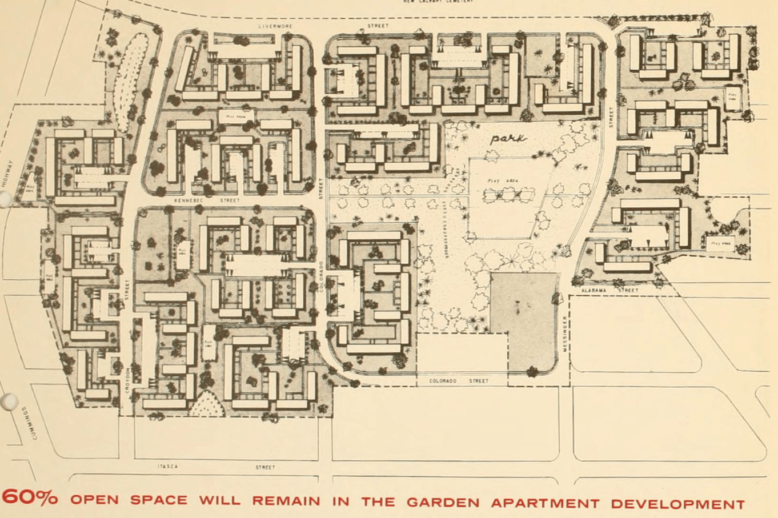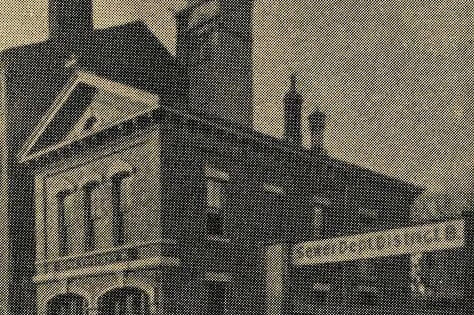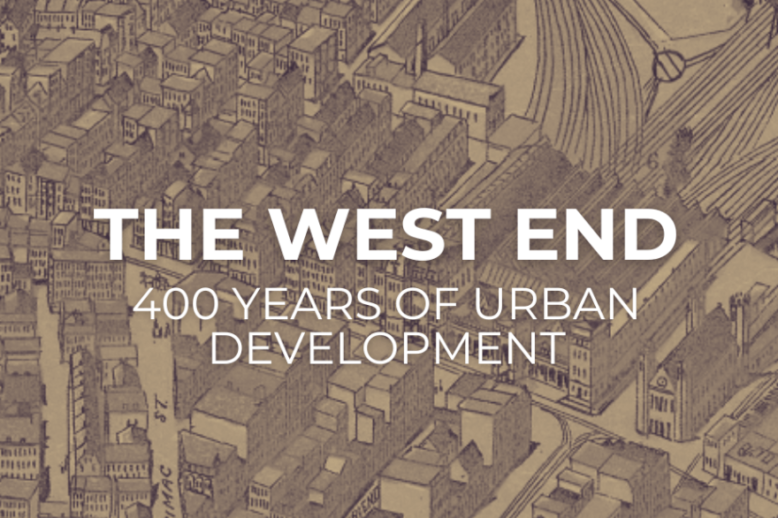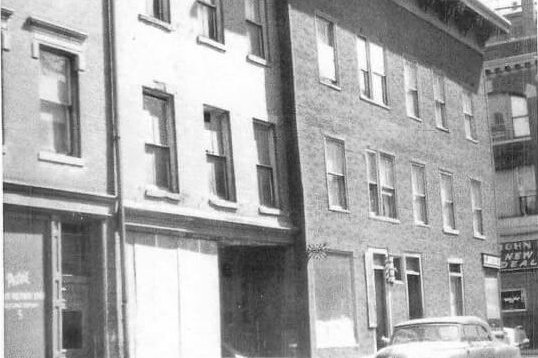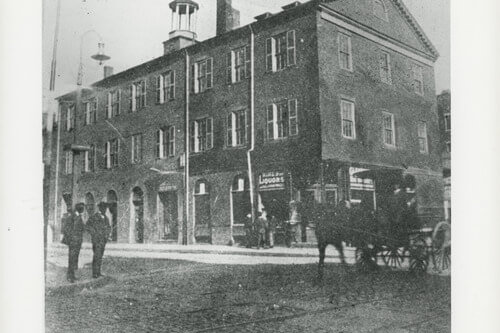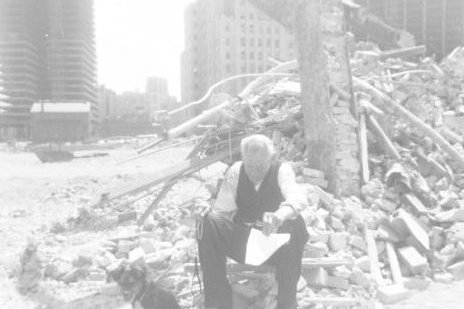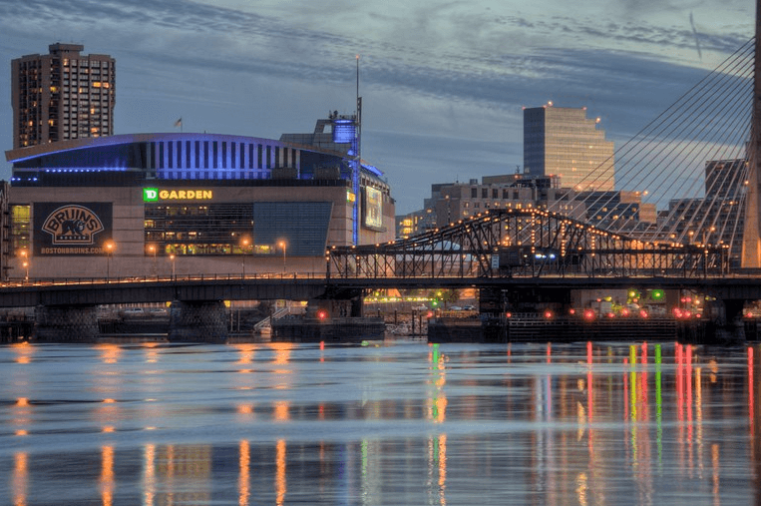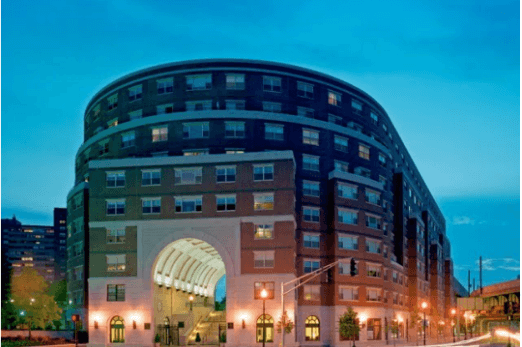The Mattapan Project: Urban Renewal That Never Happened
The Mattapan Project was first mentioned by the Boston Housing Authority in 1952 and later by the Boston Redevelopment Authority in 1962 as a possible urban renewal project. Despite the preliminary planning funding being granted in 1963 and the urban renewal application prepared in 1964, the project was dropped by the City of Boston. The delays in the Mattapan Project’s site development and the eventual abandonment of the plan helps to demonstrate the changes in public opinion on urban renewal projects of the time.

